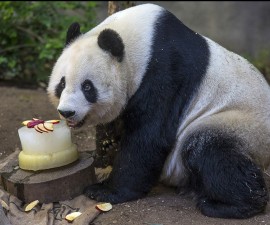People love black and white animals. While we can’t tell you exactly why we “ooh” and “aw” over fauna that’s striped, spotted, or blotched with patches of black and white, we can ponder another question: why are some animals black and white? As many people get ready to witness the full eclipse of the sun, it seems like a good time to take look at 10 of the most intriguing black and white animals. Along the way, we’ll consider how their distinctive coloration might provide a survival advantage.
Penguin
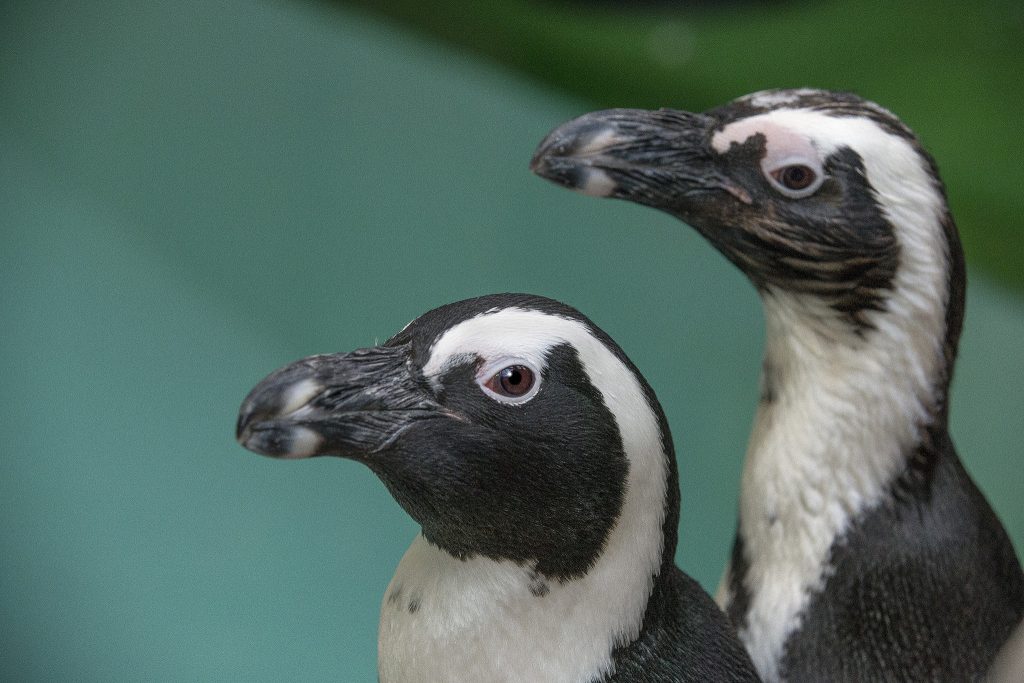
Although it may look like a conspicuous tuxedo to us, a penguin’s coloration serves as camouflage when it’s in the water—which is where penguins spend a majority of their time, and where most penguin predators live. When viewed from above, a penguin’s black back helps it blends into the dark depths of the sea. When viewed from below, its white belly helps it to blend in with the sunlight streaming through the water
Honeybadger (Ratel)
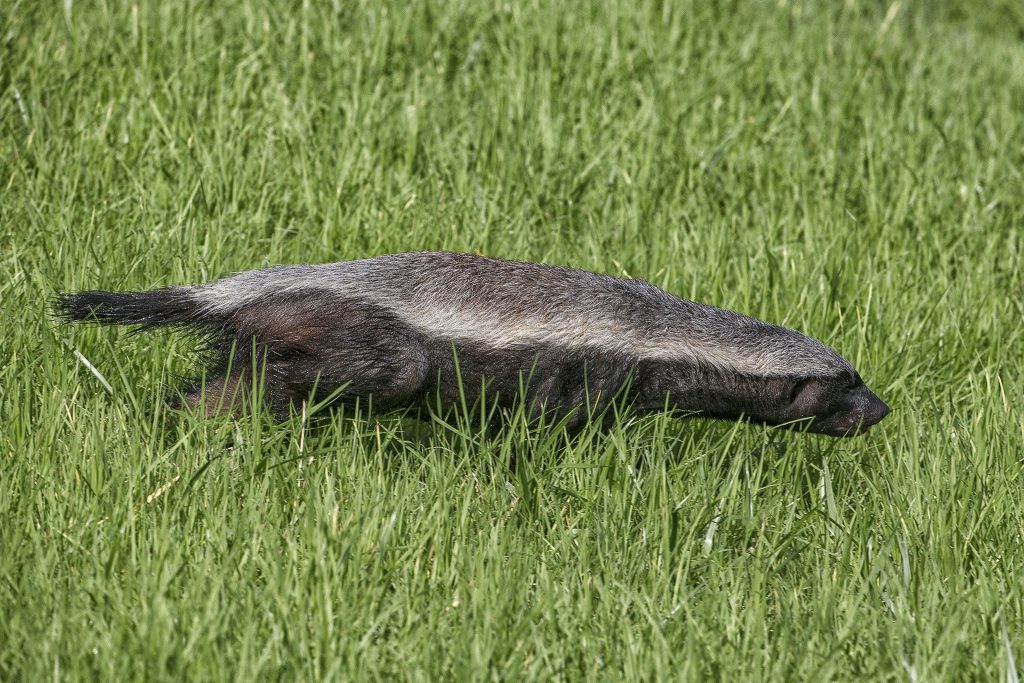
An African member of the weasel family, the honey badger certainly doesn’t get its name due to its disposition. (The name comes from its habit of breaking open beehives—yet what the animal is actually hungry for are the bee larvae inside.) This little predator is tough, fearless, and ferocious—an animal nobody wants to mess with. Honey badgers have reportedly even defended themselves against lions. The wide, white stripe that stretches across its back from the top of its head to the tip of its tail tells other animals, “Don’t even think about it!”
Malayan Tapir
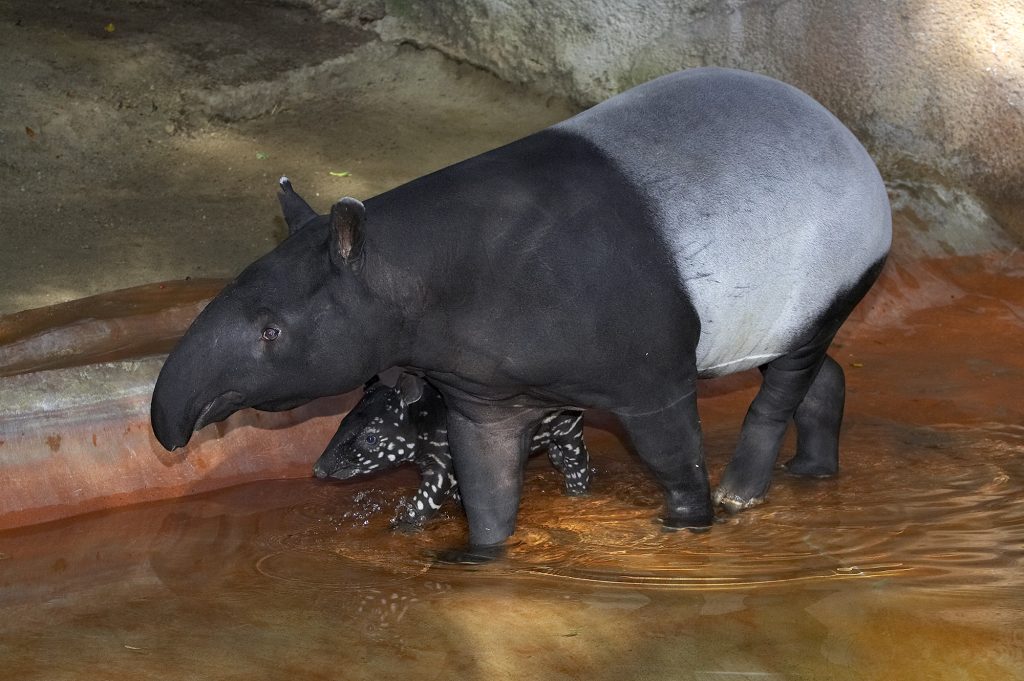
Malayan tapirs can fall prey to a formidable foe: the tiger. Their best defense is blending into the background, and believe it or not, their distinctive coat pattern is a type of disruptive coloration that helps them hide in a shadowy forest. A tiger sees false edges and boundaries within the body rather than the tapir’s true outline, as the black and white pattern contradicts the body shape. Even if a tiger does detect the markings, what it sees doesn’t convey information that helps the predator recognize its prey.
Skunk
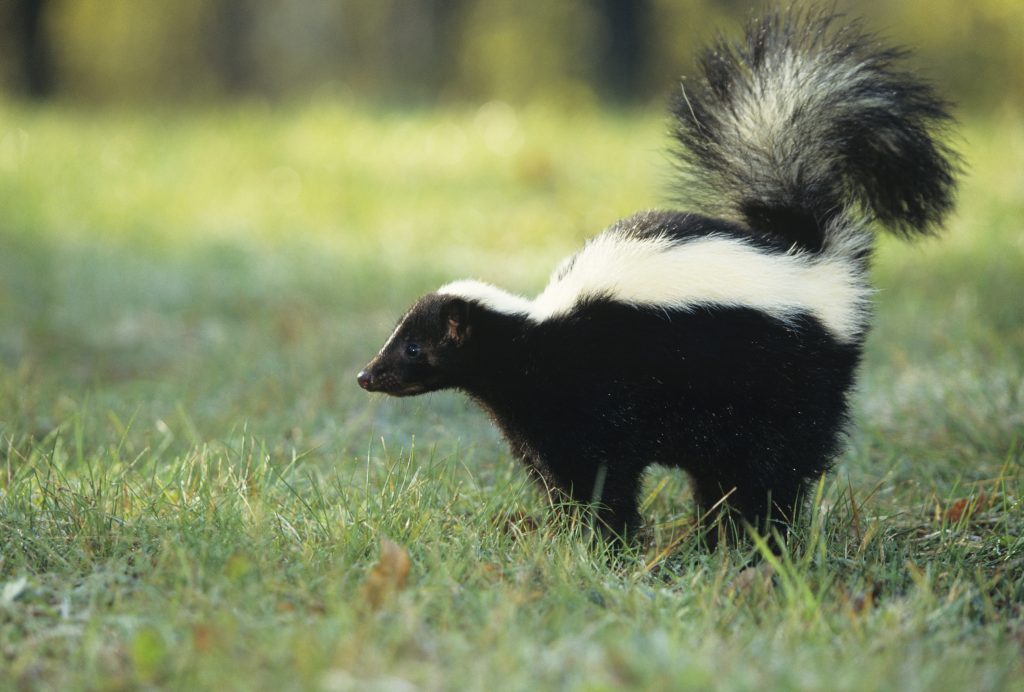
Photo: Getty Images
You have to admit, skunks are kinda cute—from a distance. And, it’s their coloration that helps you keep your distance. White stripes direct your attention to the “business end” of a skunk, and do the same for animals that share a skunk’s habitat. A skunk’s bold black and white markings are a warning!
Orca
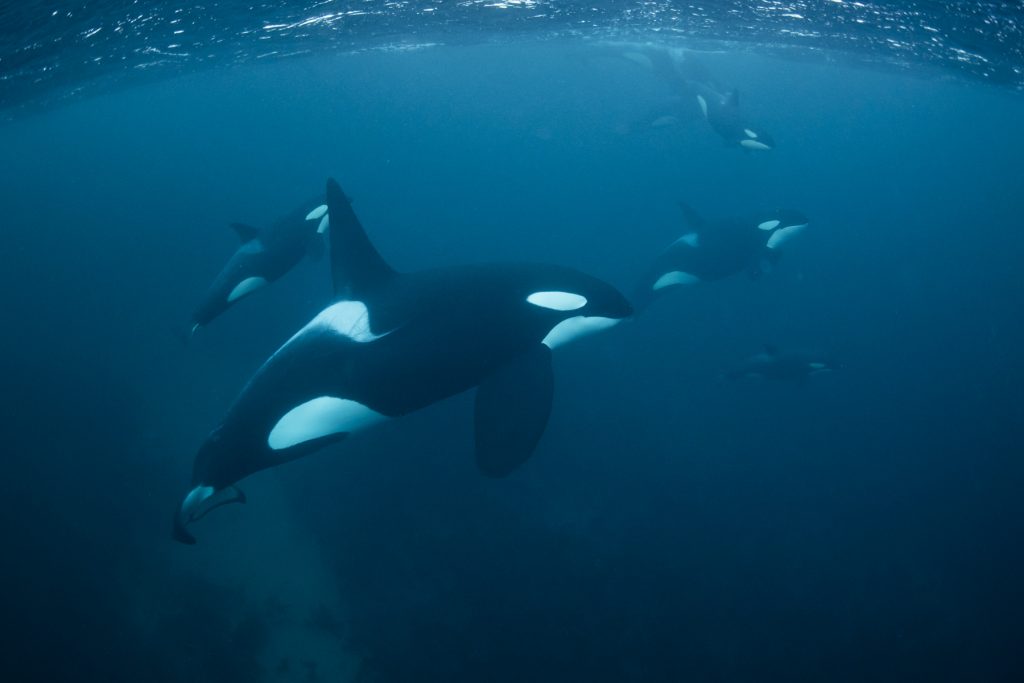
Photo: Getty Images
Top of the food chain, orca whales don’t wind up as anyone’s dinner, so what’s with the disruptive coloration? The large splotches of black disappear in deep, dark water, and prey may not know that what they’re looking at is a mighty predator. The orca’s white eye patches and chin may provide an added bonus, attracting or disorienting yummy squid.
California Kingsnake
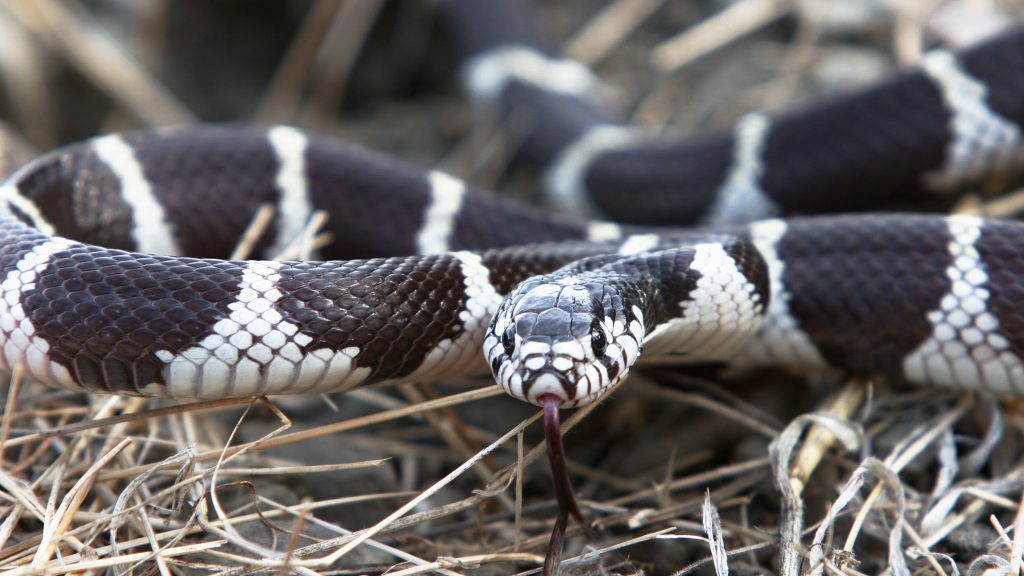
Photo: Getty Images
Most California kingsnakes are banded, but some have stripes that run along the body from head to tail. Sometimes the stripes are broken up into dot-dashes or even separated into spots. All these patterns break up the snake’s body outline so it is less noticeable to predators like hawks, eagles, coyotes, raccoons, foxes, skunks, bobcats, and even other kingsnakes.
Black and White Colobus
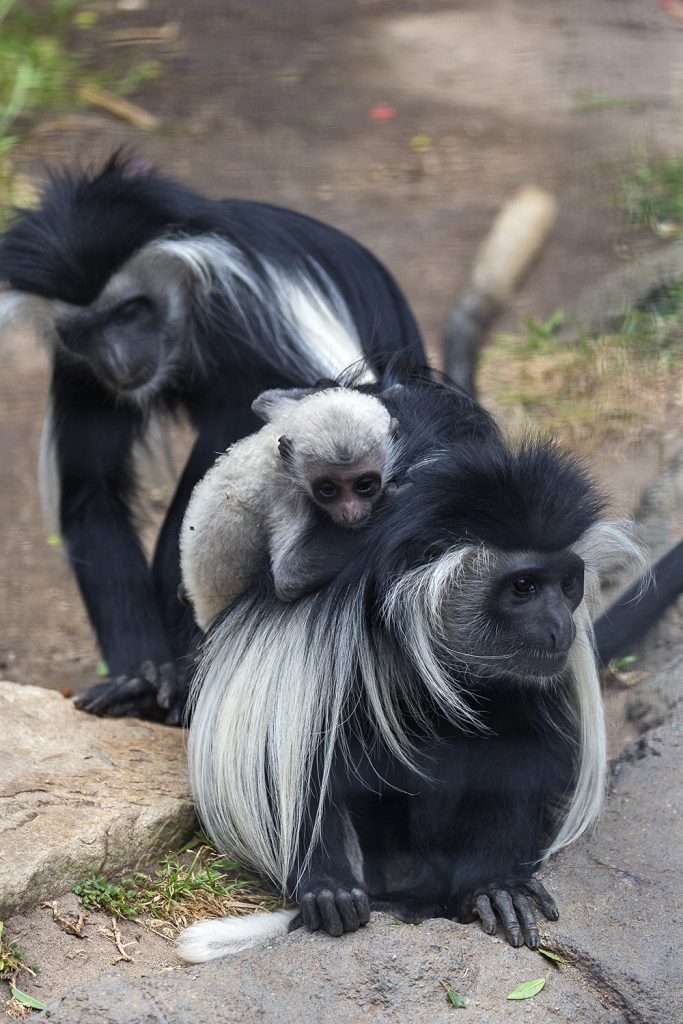
Some monkey species give birth to babies that are a completely different color than the parents. A newborn black and white colobus is white! In this species, the whole troop looks after infants, and experts suggest that the color distinction makes it easier for the monkeys to identify babies that need care. Coat color gradually changes as the little monkey grows, and by the time it is weaned and independent, it is an almost perfect copy of the adults.
Indri
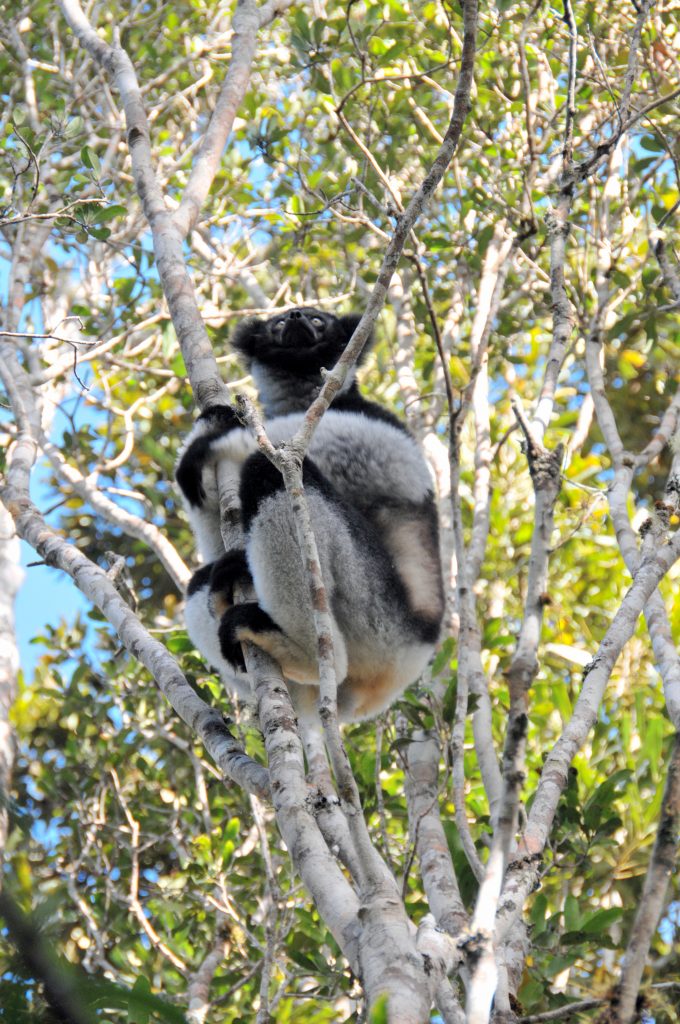
Photo: Getty Images
Madagascar is home to about 100 species of lemurs, and the largest of them all is the indri. All indris are black and white, but how much of their fur is white depends to a large extent on where they live. Those in the north tend to be mostly black, with some white markings. In the southern part of their range, indris have more and larger white blotches than their northern counterparts. It’s clear that the disruptive coloration helps conceal indris among the branches of a tree, but why the black and white ratio changes with latitude is a mystery.
Zebra
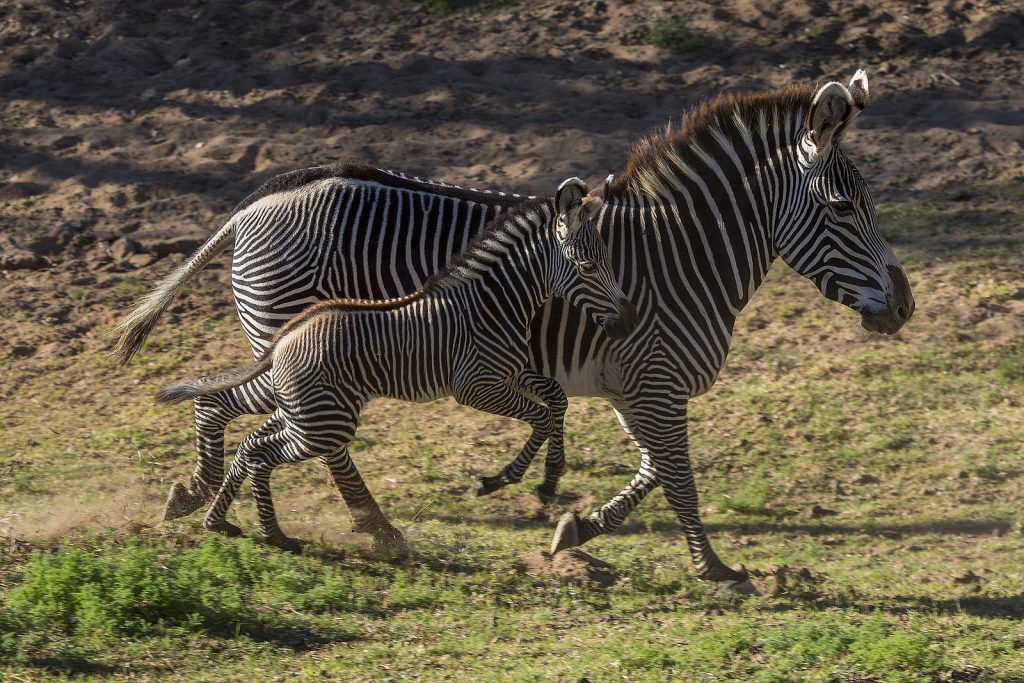
Zebras live in herds, and when they’re together, their combined stripes make it hard for a lion or leopard to pick out an individual zebra to chase. There may be other advantages, too. Some researchers hypothesize that the black and white strips may move air across the skin, producing a cooling effect. Another possible benefit? Biting flies—like the tsetse fly— are less likely to land on striped surfaces than on solid-colored surfaces.
Panda
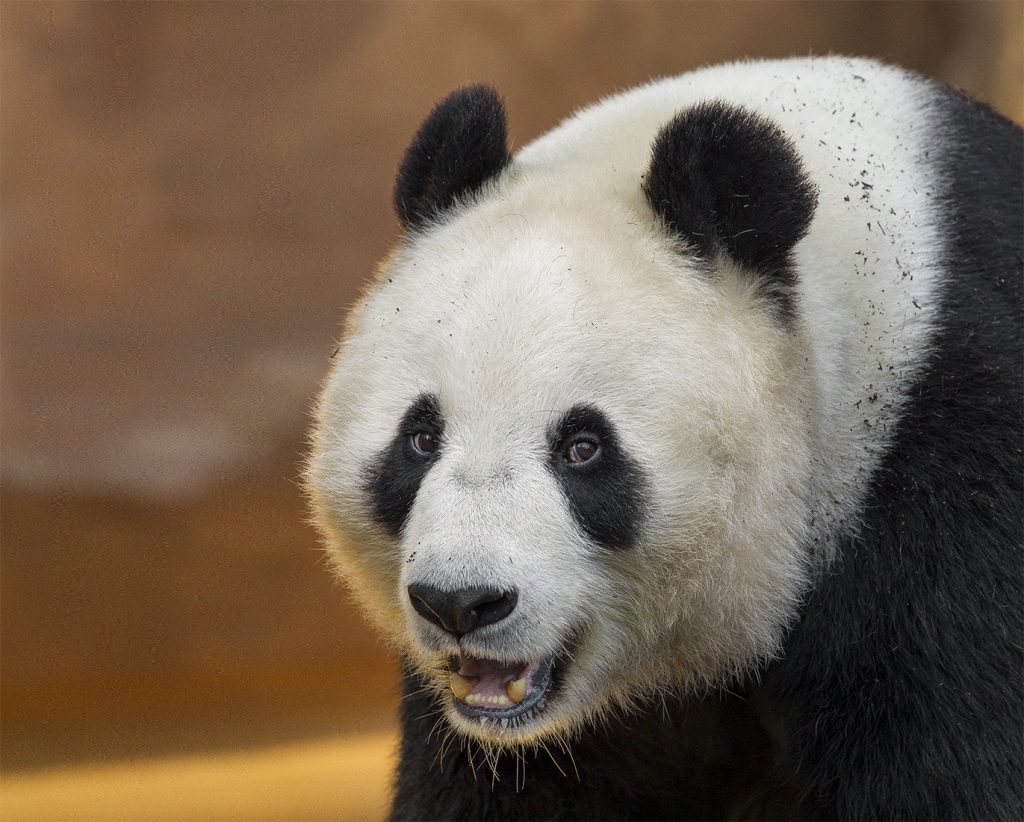
Perhaps the most-loved black-and-white animal is the panda. But at birth, a panda is pink, and nearly naked—with just a sparse covering of white hair. When it’s about eight to ten days old, its skin turns gray in the areas where the fur will eventually be black. Adult pandas don’t have natural predators, so their markings are probably not for camouflage. However, field researchers have been amazed at how these animals seemingly disappear into the bamboo forest, before their very eyes! Pandas aren’t predators, as 99 percent of their diet is bamboo, so their markings are probably not to confuse prey. Since pandas are solitary animals, their black-and-white coat could be a warning to other pandas to stay away. On the other hand, during the brief breeding season, it could make it easier for them to find each other. You might say the survival advantage behind the panda’s striking coloration is not so black and white.
What are your favorite black and white animals? Let us know!
Donna Parham is a content specialist for San Diego Zoo Global. Read her previous blog,Wildwatch Kenya: Help Wanted.


